Did you find AirPods under the Christmas tree? You've probably already noticed that these are not just ordinary headphones. AirPods offer a lot of interesting functions, which is why we will introduce them in more detail in the following lines.
The first thing you need to know is whether you have the original AirPods (2017), AirPods (2019) with charging case, AirPods (2019) with wireless charging case, or the latest AirPods Pro. You can tell the difference between AirPods and AirPods Pro at first glance in the shape of the headphones and the box. You can recognize the classic AirPods (2017) and AirPods (2019) mainly due to the location of the diode on/in the box and also by the markings written under the earpiece and inside the case. You can find detailed information on Apple's website. The following tips and tricks will apply to classic AirPods, i.e. first and second generation (not AirPods Pro).
Pairing AirPods with iPhone is simple. Just turn on Bluetooth and open the headphone box near the iPhone. Your iOS device's display will prompt you to connect your headphones. Once you pair the headphones with one of your devices, they can automatically recognize all your other Apple devices connected to the same iCloud account.
1) Customize your controls
Once you've tried your AirPods properly, we recommend customizing their controls. Go to Settings -> Bluetooth. Find in the list of connected Bluetooth devices your AirPods, tap the small “i” in the blue circle to the right of their name In the section Double tap on AirPods you can choose how both headphones behave after a double tap. You can set to activate Siri, play and pause, go to the next or previous track, or turn off the double-tap function completely. You can also set up AirPods in macOS: How to Customize AirPods Settings in macOS.
2) Pairing with Windows, Android and more
If you want to pair your AirPods with a non-Apple device, place them in the box and leave the lid open. Then hold the button on the back of the box until the status light flashes white. At that point, your AirPods should appear in the list of items in your device's Bluetooth settings.
3) Find out the battery status of the headphones and the box
There are several ways to check the battery status of your AirPods. One of them is to create a widget. Unlock your iPhone/iPad and slide the home screen to the right to go to the widgets page. Scroll all the way down and click on the inscription Adjust. Find the widget named Battery and click the green button on the left to add it to the appropriate page.
The second option is to place both headphones in the box and open it near the iPhone. You will see a pop-up window on the iPhone display with information about the battery status of your headphones.
If you have an Apple Watch, you can also check the battery status of the AirPods connected to the iPhone. Just open the Control Center on your watch, select battery percentages, and down here you'll see information about the battery in the headphones and the case.
The last option is to activate Siri and ask a question "Hey Siri, how much battery is left on my AirPods?"
4) What does the LED color on/in the box mean?
The charging box for AirPods has a small colored LED. When the headphones are placed in the box, the diode shows their status. If they are removed, the diode shows the status of the box itself. The colors of the diode then signal the following:
- Green: full charge
- Orange: AirPods are not fully charged
- Orange (flashing): AirPods need to be paired
- Yellow: Only one full charge left
- White (flashing): AirPods are ready to pair
5) Name for AirPods
By default, AirPods bear the name that is set on your iOS device. But you can easily change the name. On iOS, just go to Settings -> Bluetooth. Find your AirPods in the list of connected Bluetooth devices, tap the small “i” in the blue circle to the right of their name and then on Name, where rename them.
6) Save battery
AirPods last about five hours on a single charge, recharging in the box is very fast. If you want to save the battery of your headphones, you can use only one of them for a phone call, for example, while the other is quickly charged in the box (this is often how AirPods are used by couriers, for example). Sophisticated technology from Apple will take care of a balanced sound when using one headphone.
7) Set the microphone for only one earpiece
V Settings -> Bluetooth after tapping on the small “i” in the circle next to the name of your AirPods, you will also find an option Microphone. Here you can set whether the microphone will switch automatically or if it will only work with one of your headphones.
8) Find your lost AirPods
When Apple first introduced its wireless headphones, many were concerned about the easy possibility of losing them. But the truth is that the headphones stay in the ear perfectly even when moving and it is not so easy to lose them. If this unpleasant event does happen to you, launch the Find application on your iOS device, with the help of which you can easily locate your headphones.
9) Updates
Updating the firmware of your AirPods is very easy - just have the case with the headphones near the synced iPhone. It is even possible to find out what firmware version is currently installed on your AirPods. On your iPhone, run Settings -> In general -> Information -> AirPods.
10) AirPods as a hearing aid
Since iOS 12, AirPods can also function as a hearing aid, which can be especially useful if you are in a noisy environment. When using this function, the iPhone works as a microphone and the AirPods as a hearing aid - so just speak into the iPhone and the person wearing the AirPods will hear everything without any problems.
In order to enable the function, you must Settings -> Control Center -> Edit controls add an item Hearing. Once you've done that, just view control center, click here ear icon and clicking on Live listening activate the function.
11) Take care of your hearing
If you intend to spend a lot of time with the headphones, you can check from time to time whether you are damaging your hearing by playing music too loud. Since iOS 13, you can find statistical data on listening volume in the Health application, just go to the Browse section and then select the Hearing tab. The category is labeled Sound volume in headphones, and after clicking on it, you can view long-term statistics that can be filtered according to different time ranges.
12) Share audio with other AirPods
One of the most interesting advantages of AirPods is that they can share sound with other Apple/Beats headphones, which is especially useful when watching a movie/listening to music together while traveling. However, the function requires at least iOS 13.1 or iPadOS 13.1 installed.
First, connect your AirPods to your iPhone/iPad. Then open it Control Center, in the upper right corner of the playback control section, tap on the blue pulsating icon and select Share audio… Then all you have to do is bring the other pair of headphones or the iPhone or iPad to which they are connected closer to the device. Once the device registers them, select Share audio.
13) When a problem occurs
Whether there's a problem with the battery, the microphone, or perhaps the pairing process, you can fix your AirPods fairly easily (if it's not a hardware issue). Just open the case with the headphones inside and then press the button on the back for at least 15 seconds. During the reset, the LED inside the case should flash yellow a few times and then start flashing white. This resets the AirPods and you can pair them with your devices again.
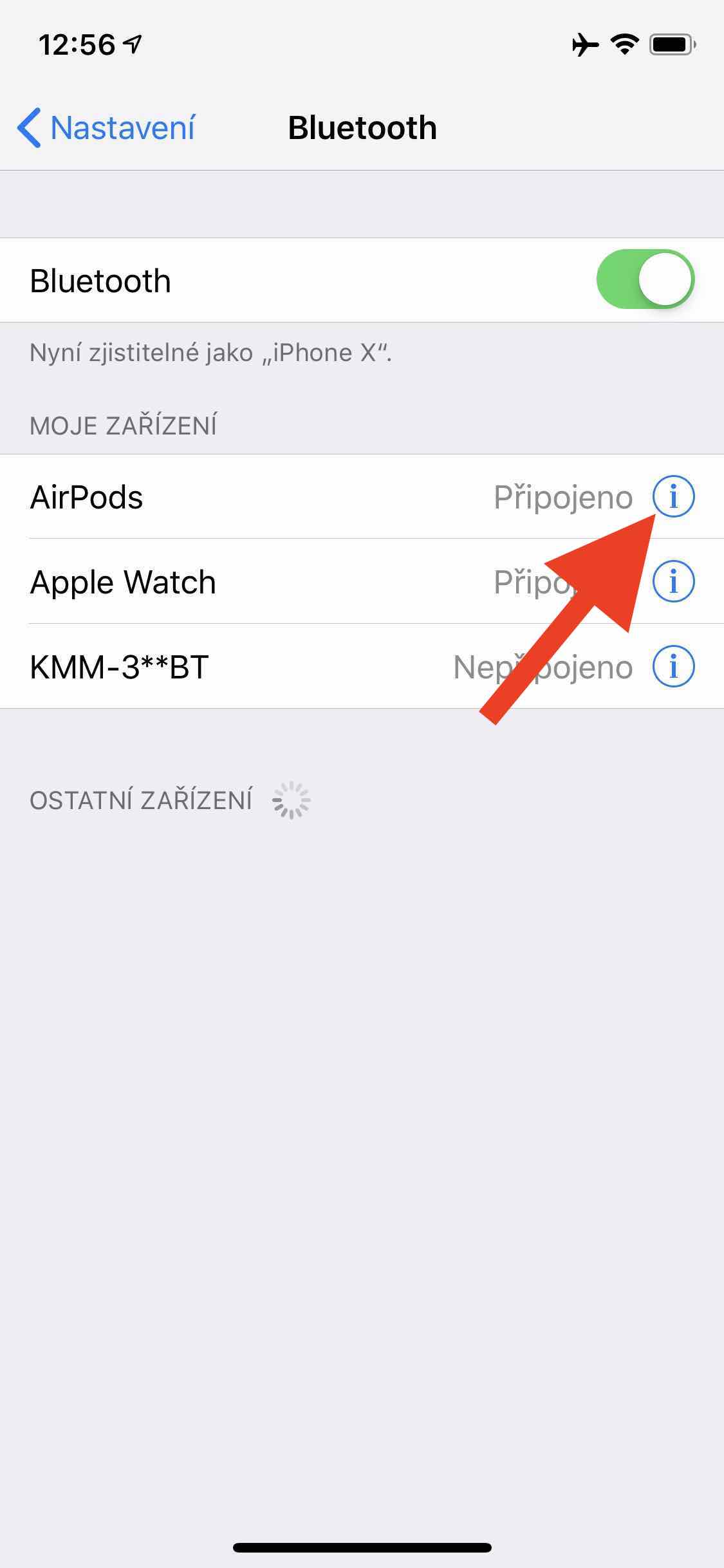
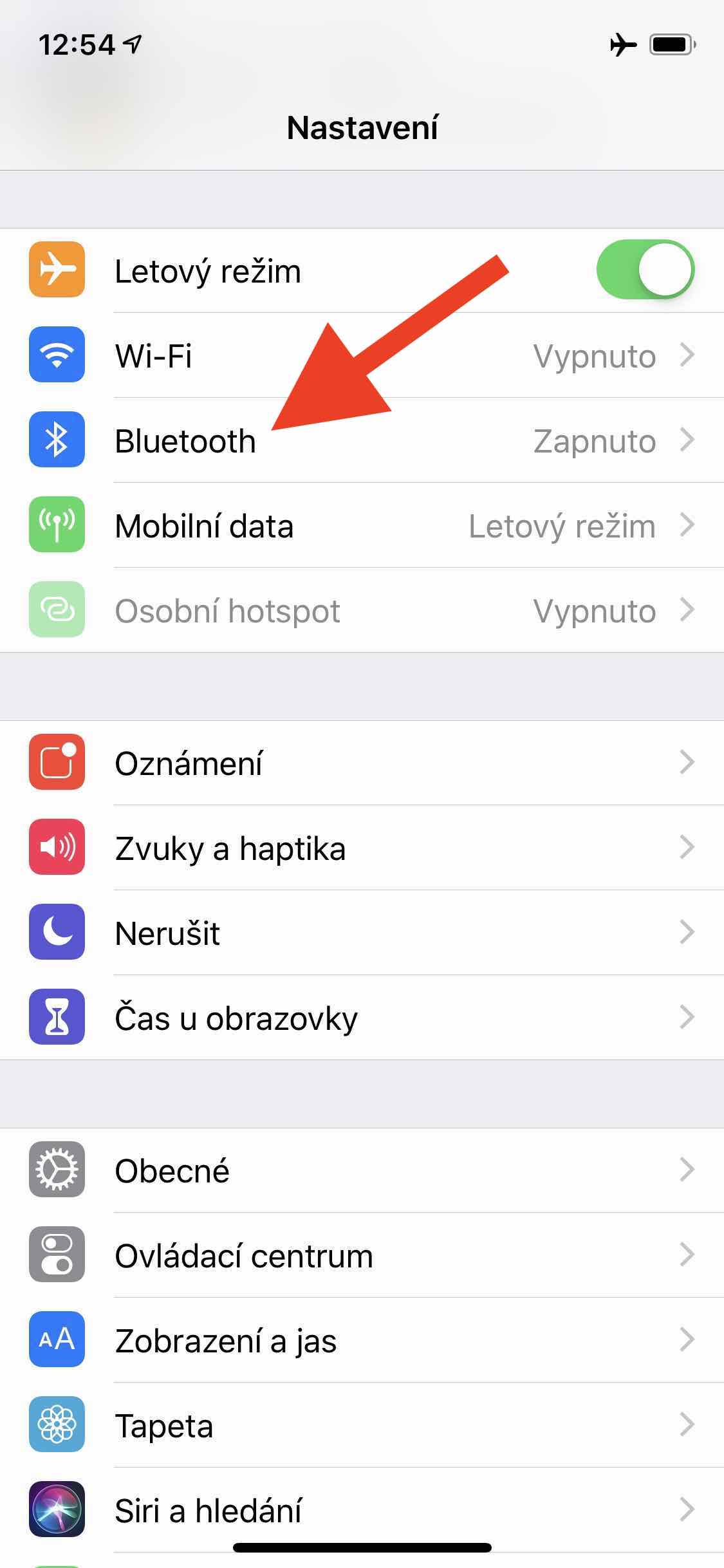
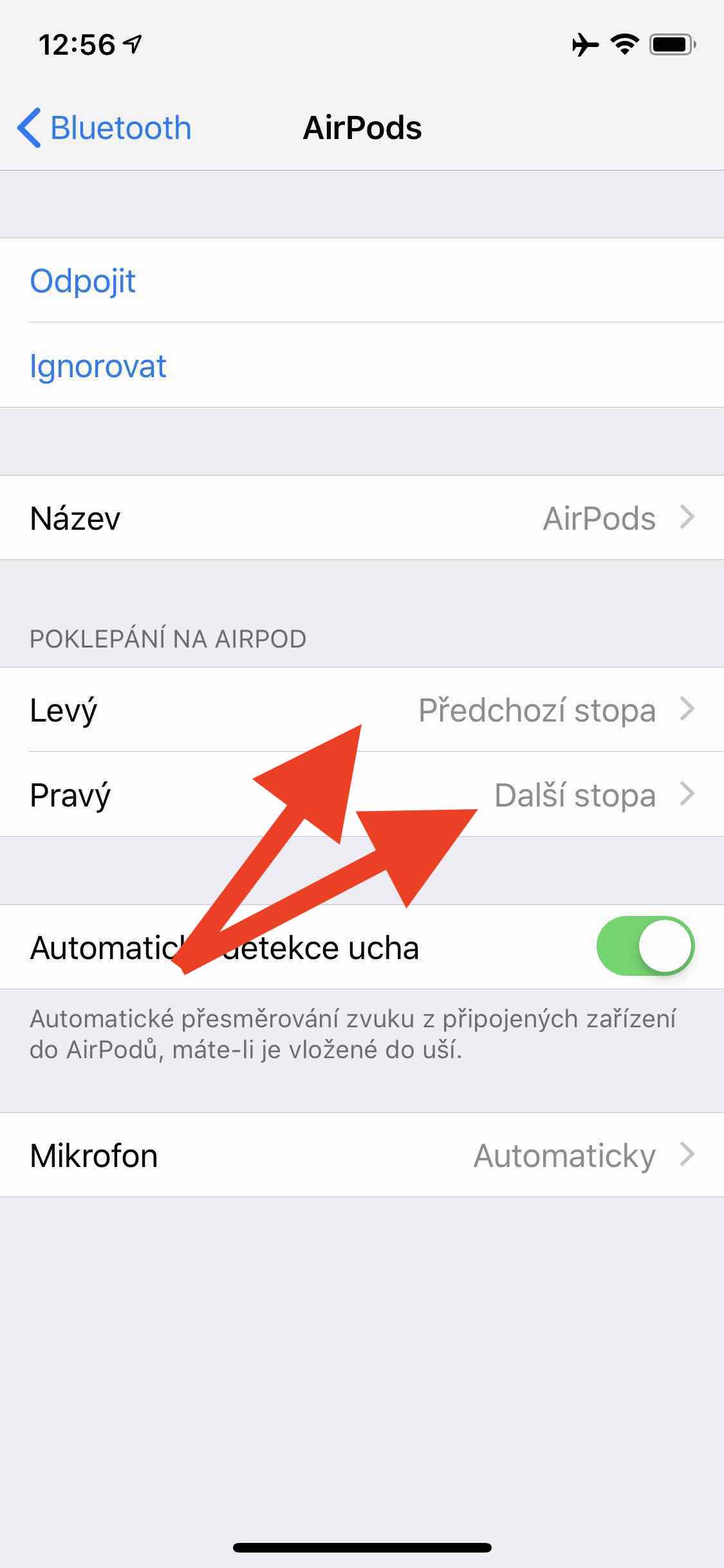

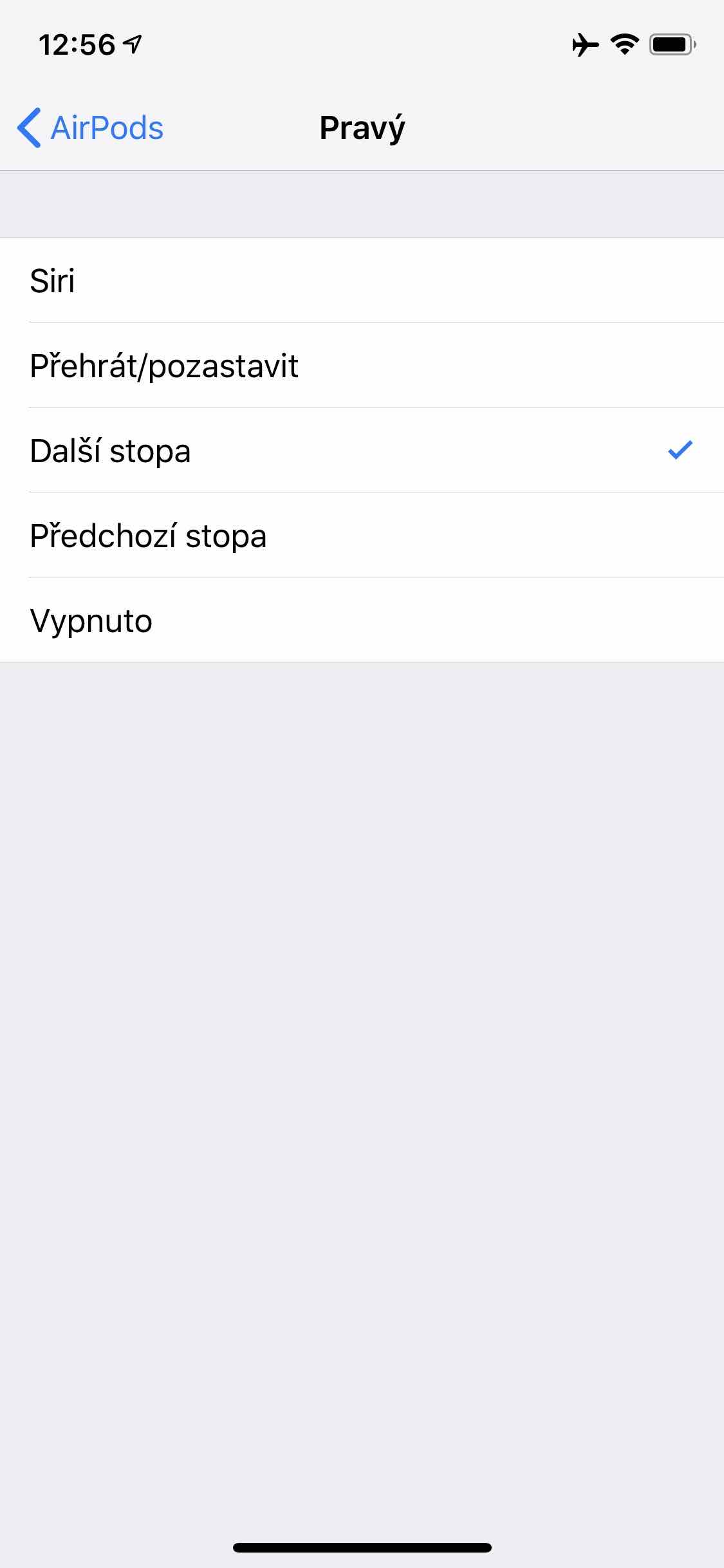
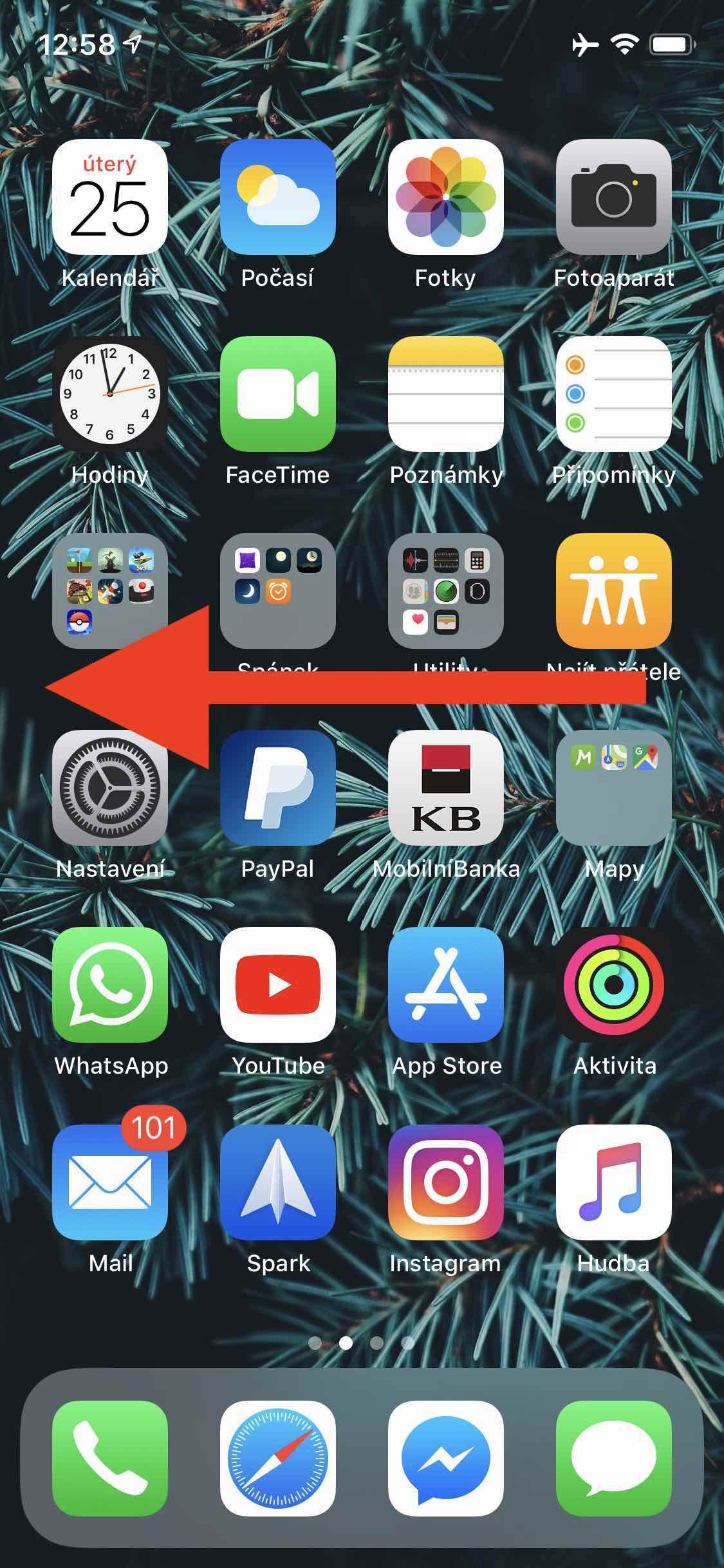
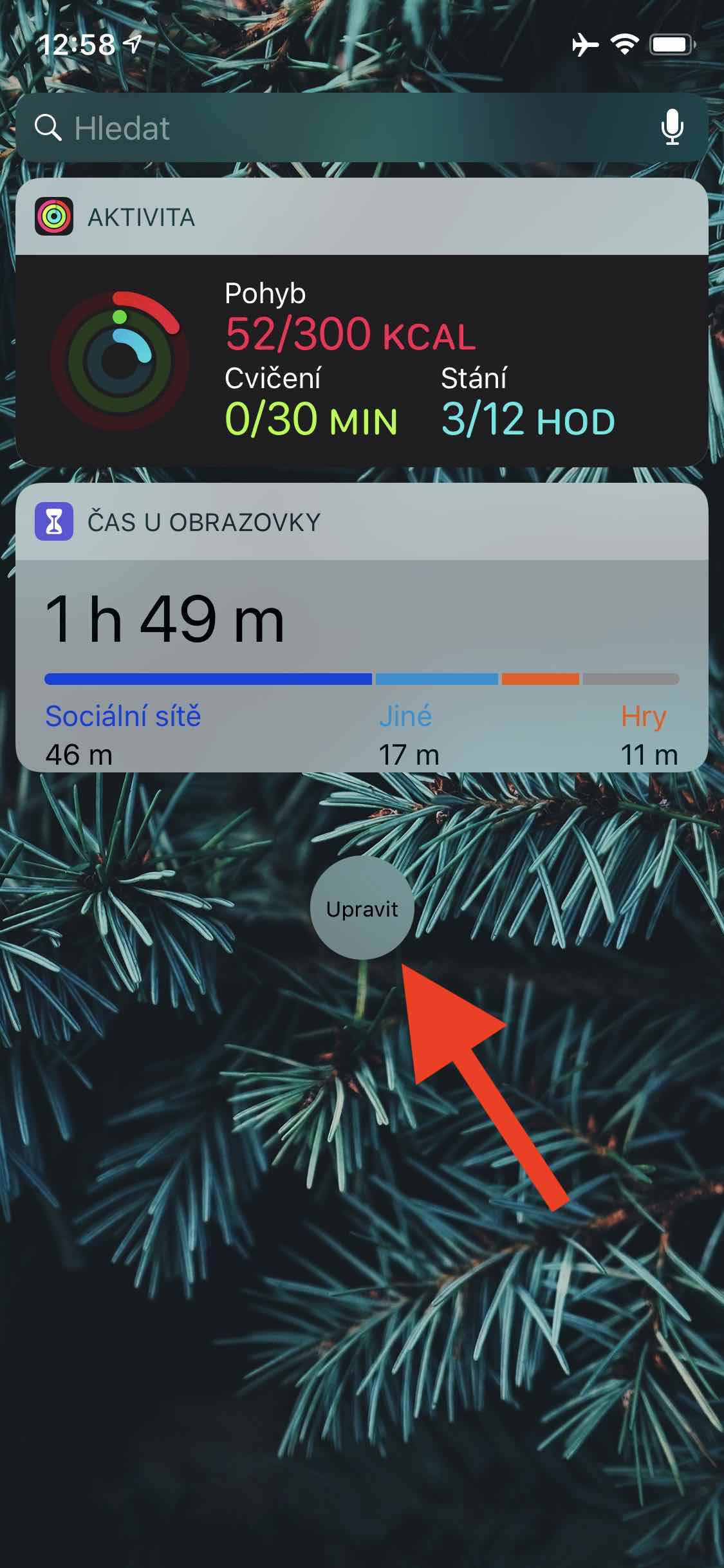

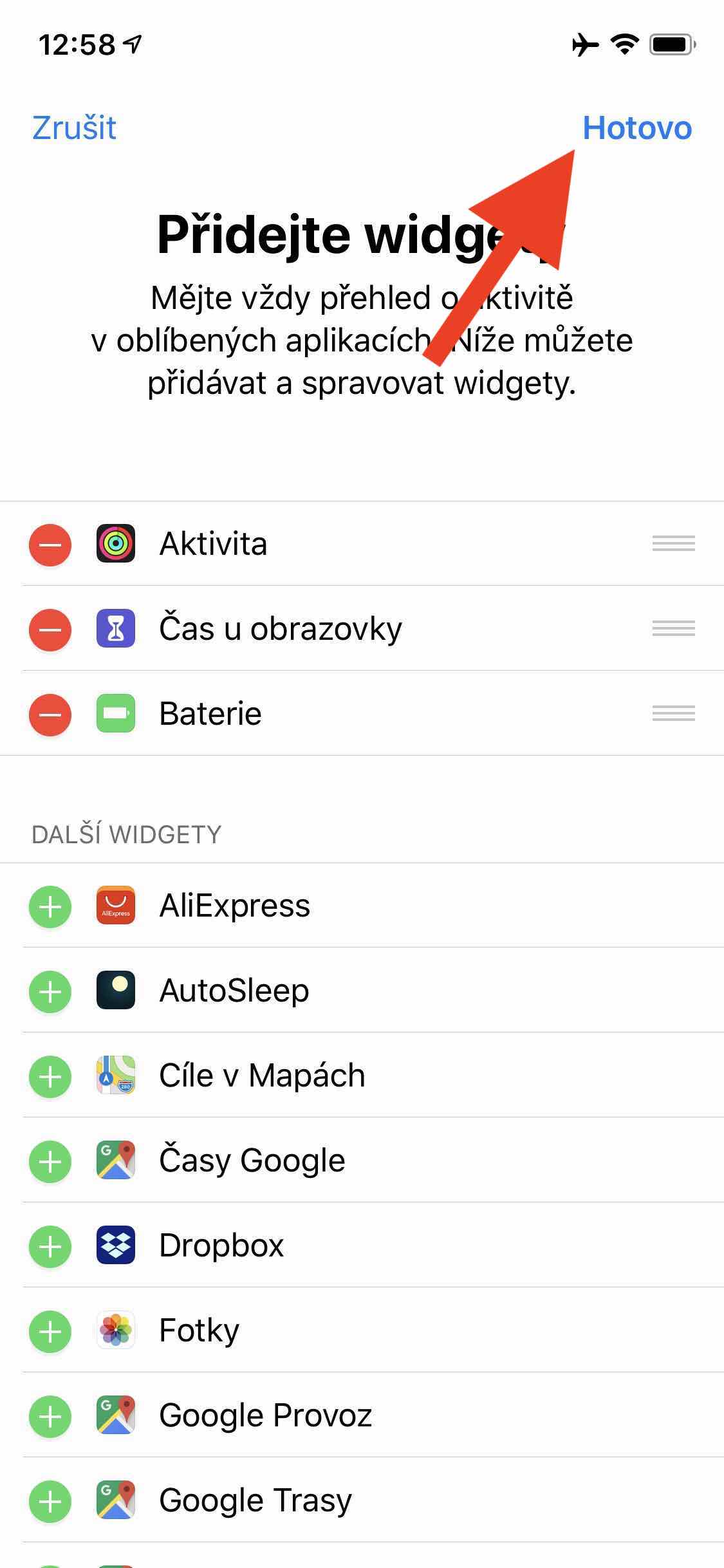

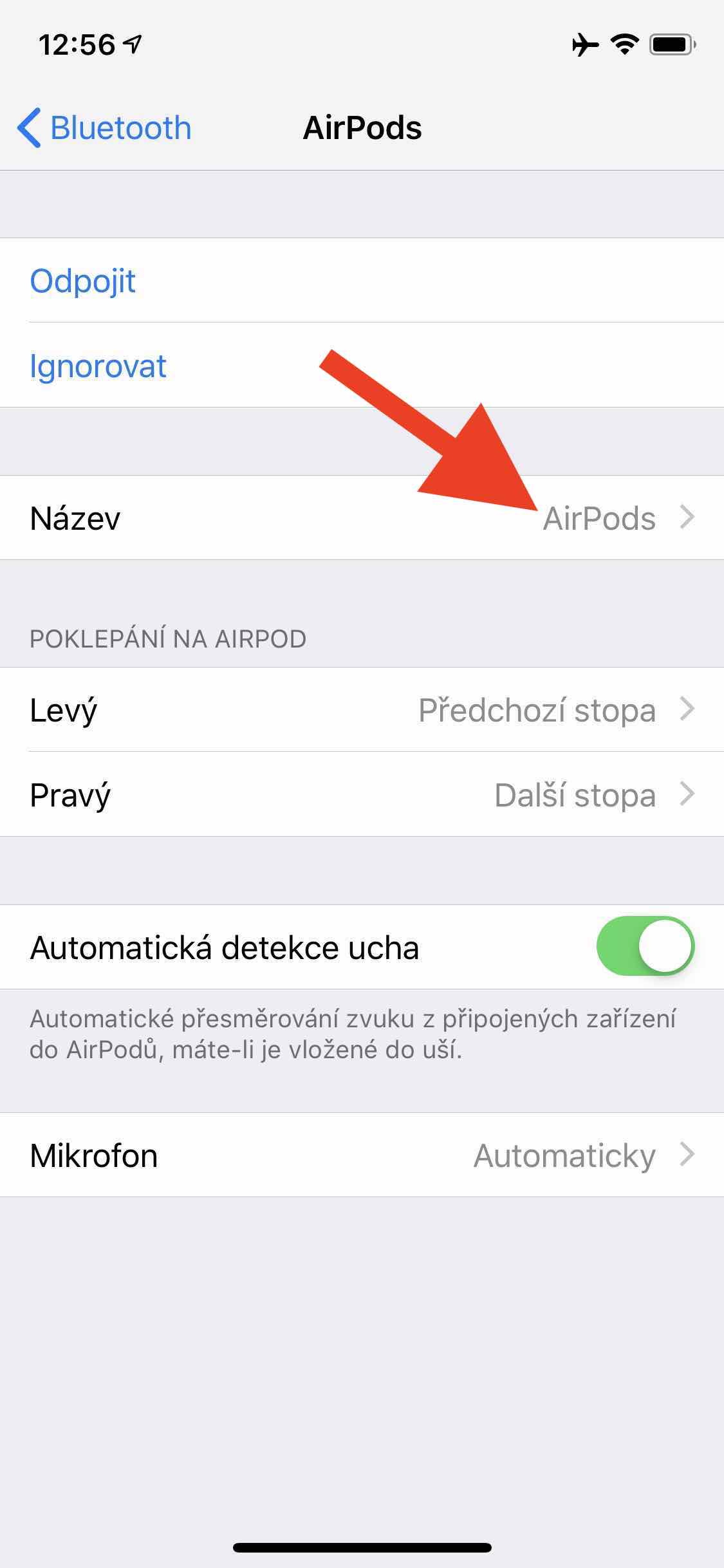
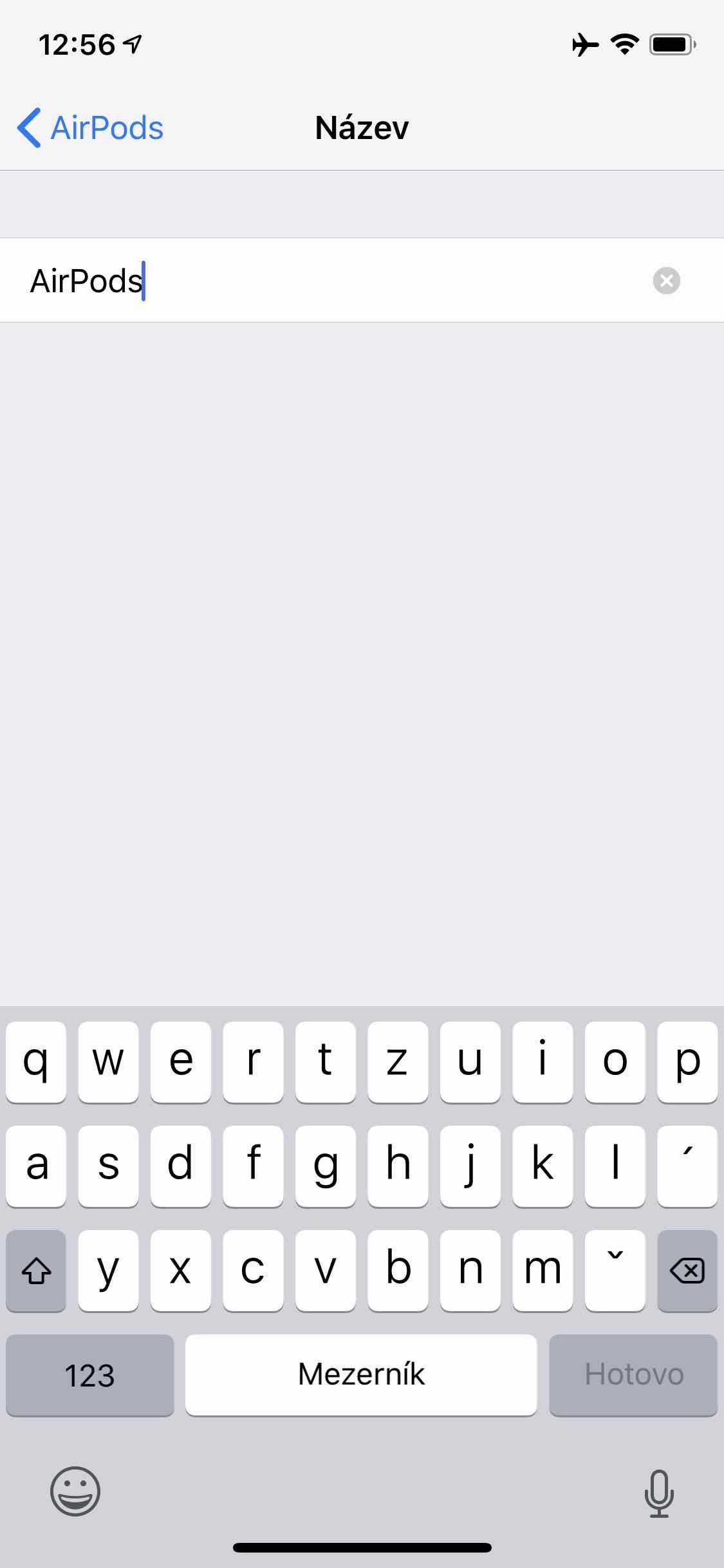

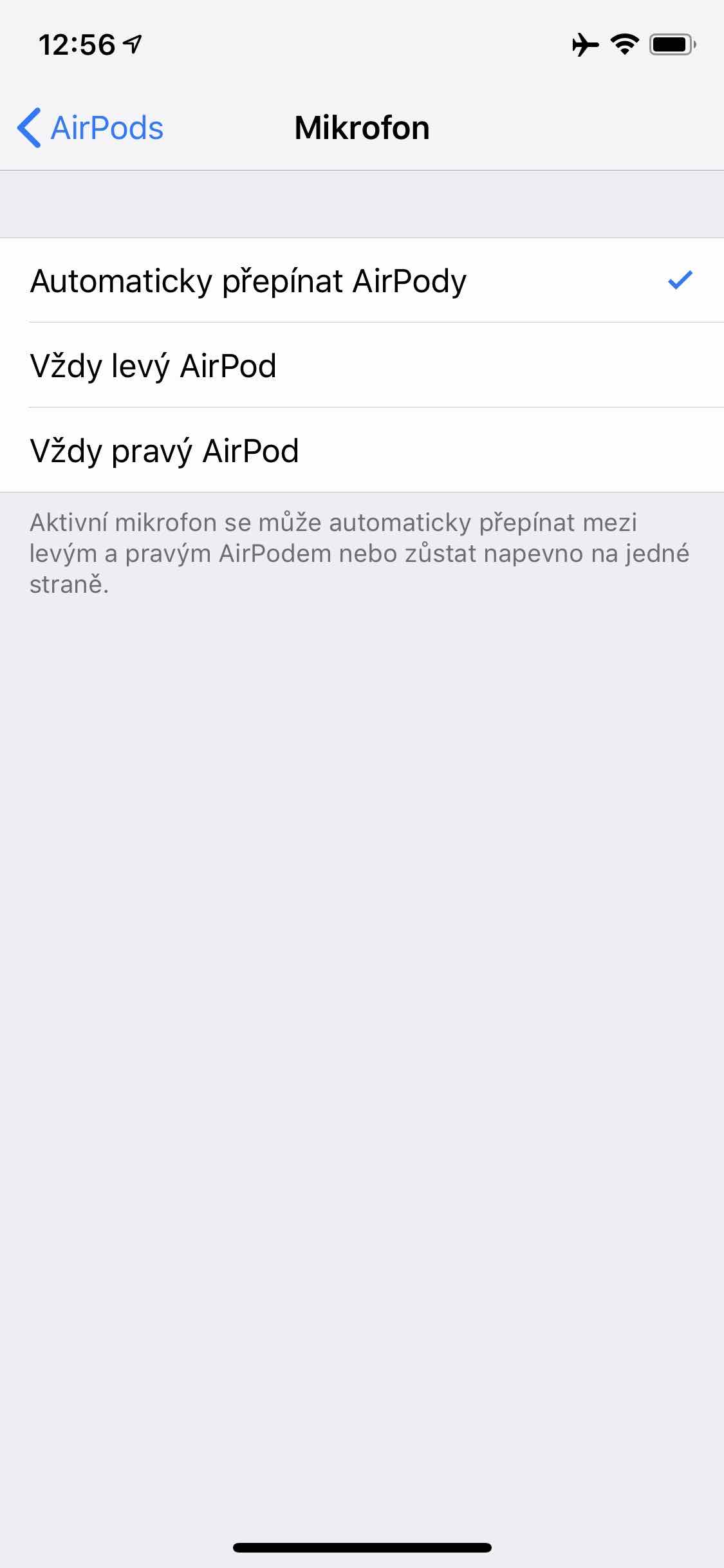


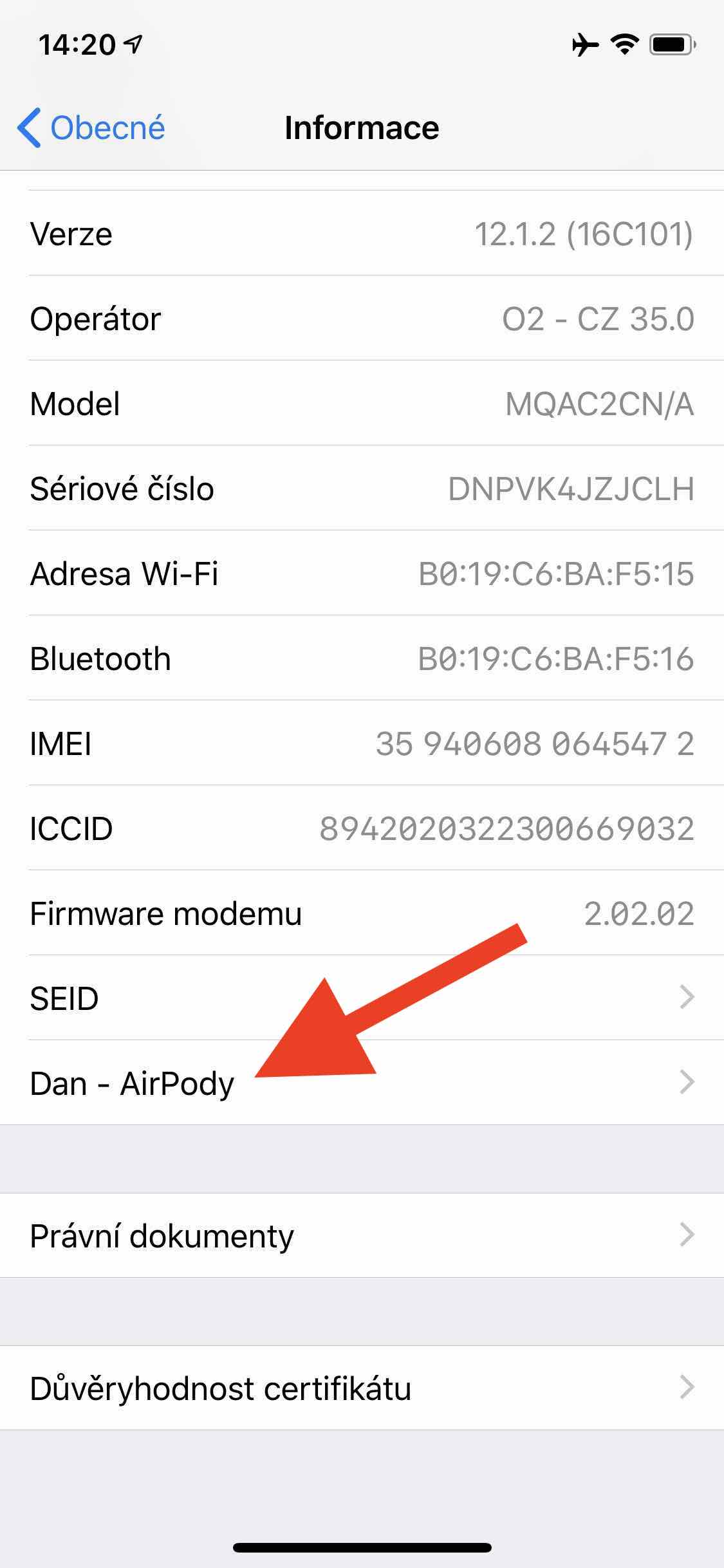

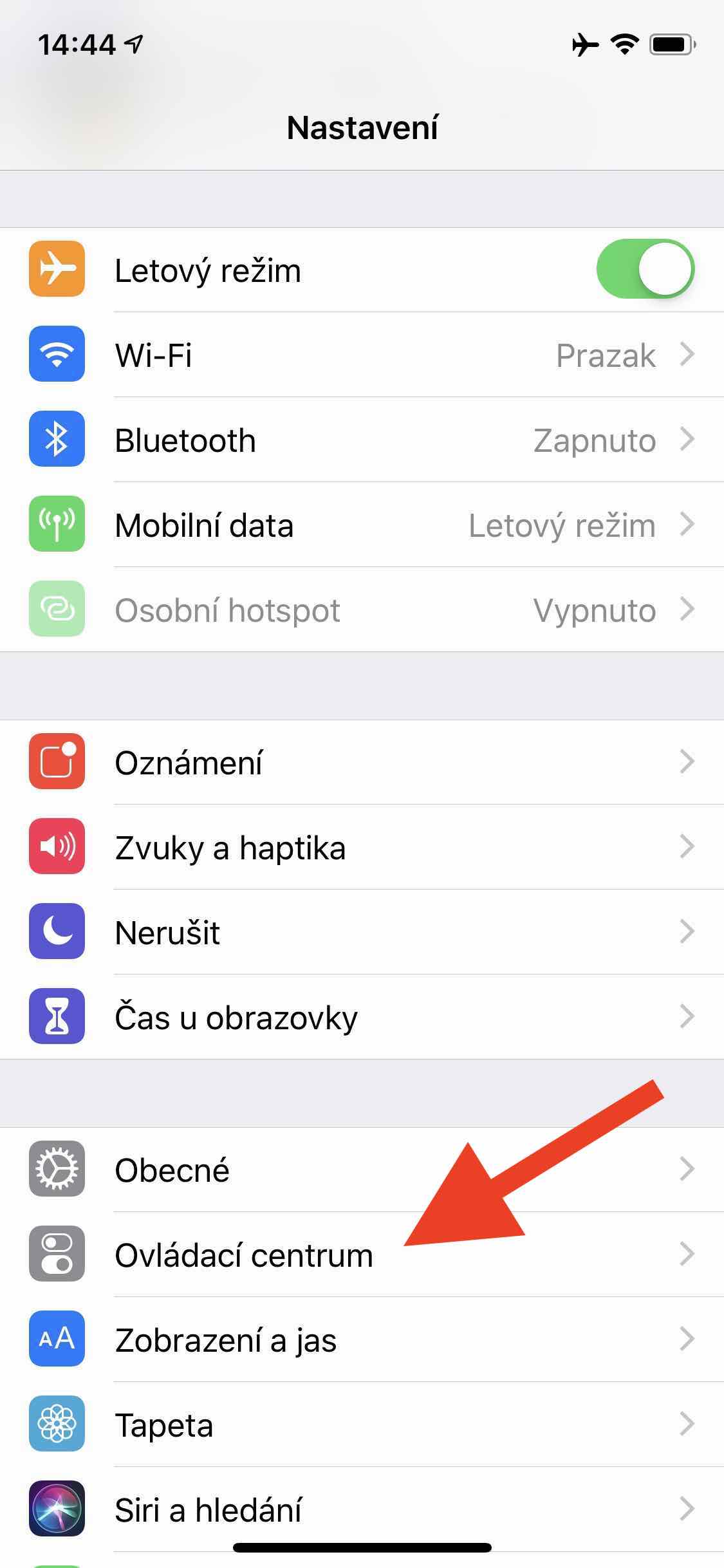

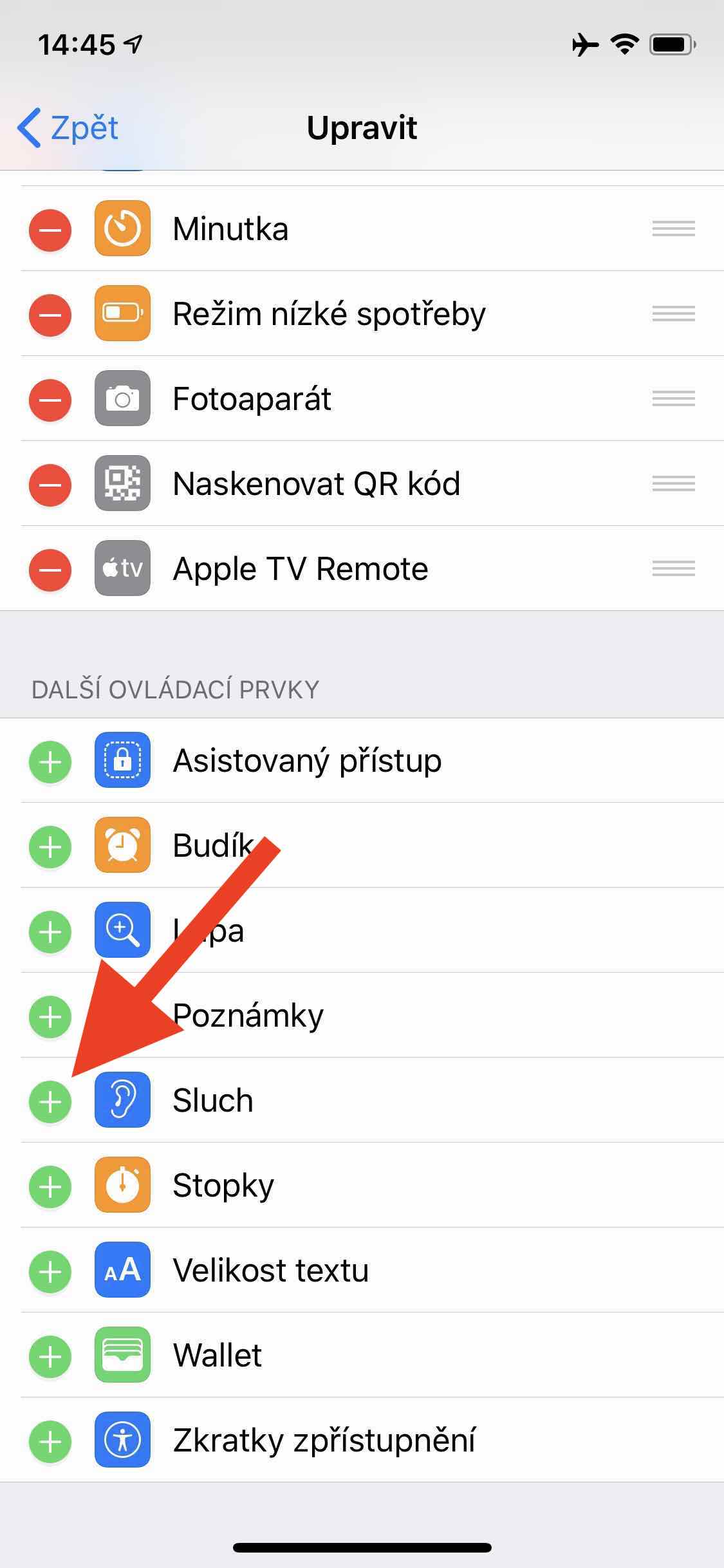
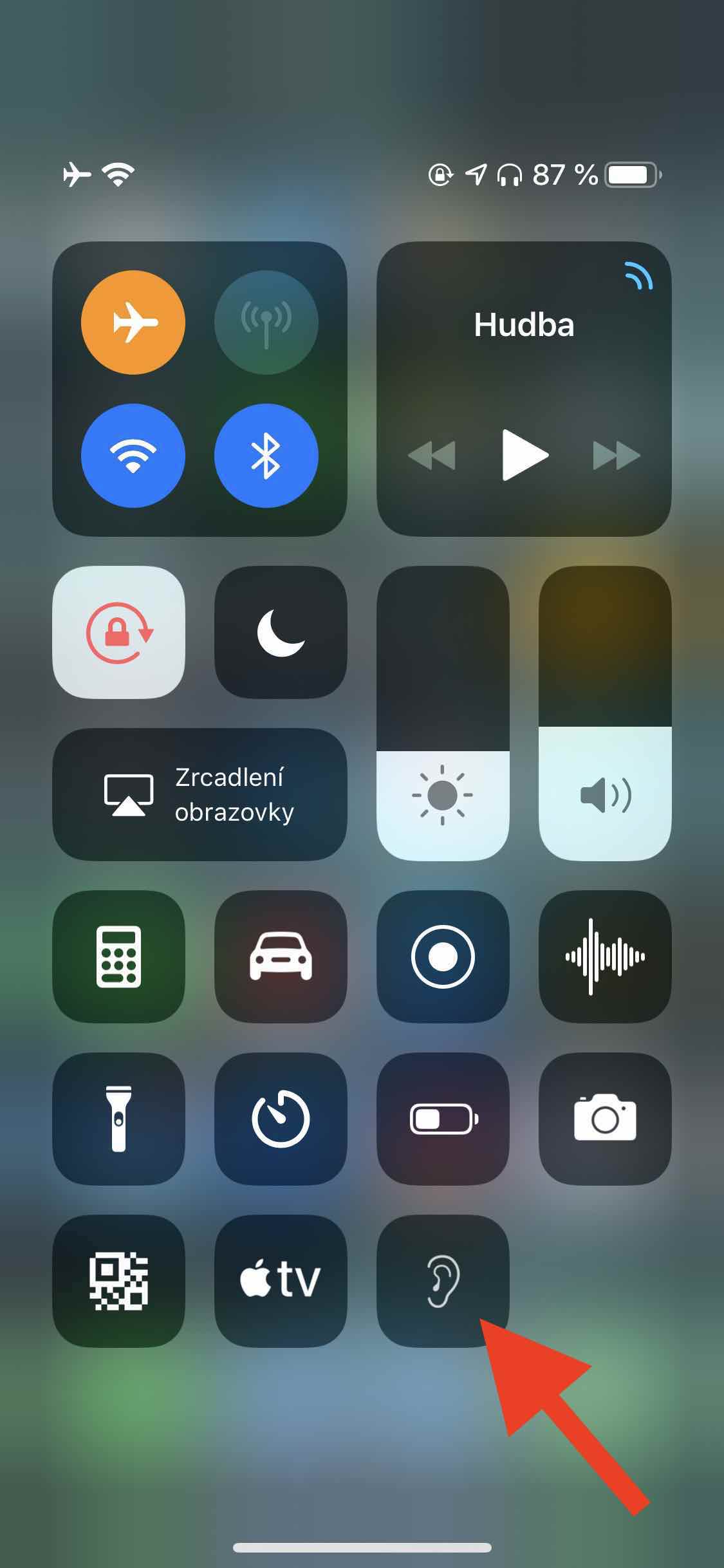

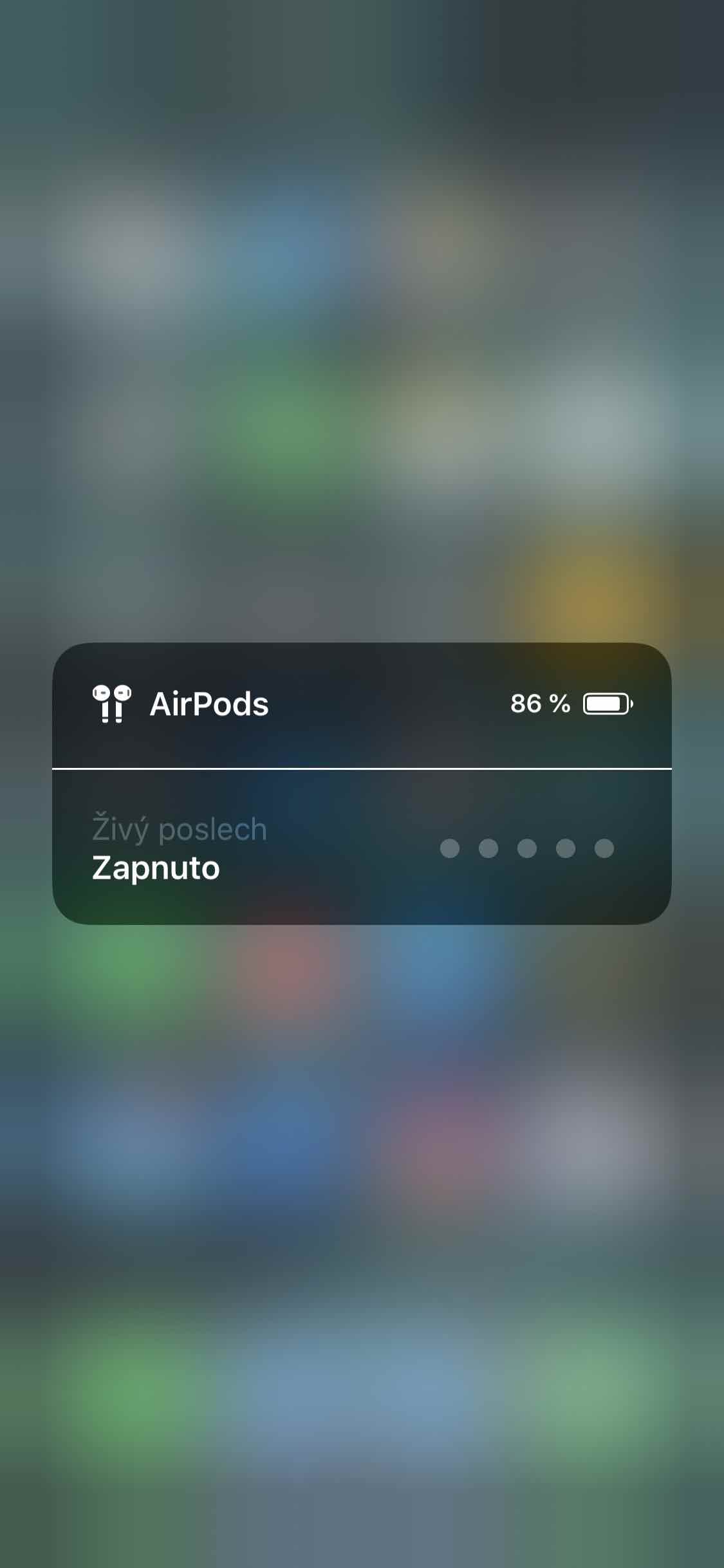



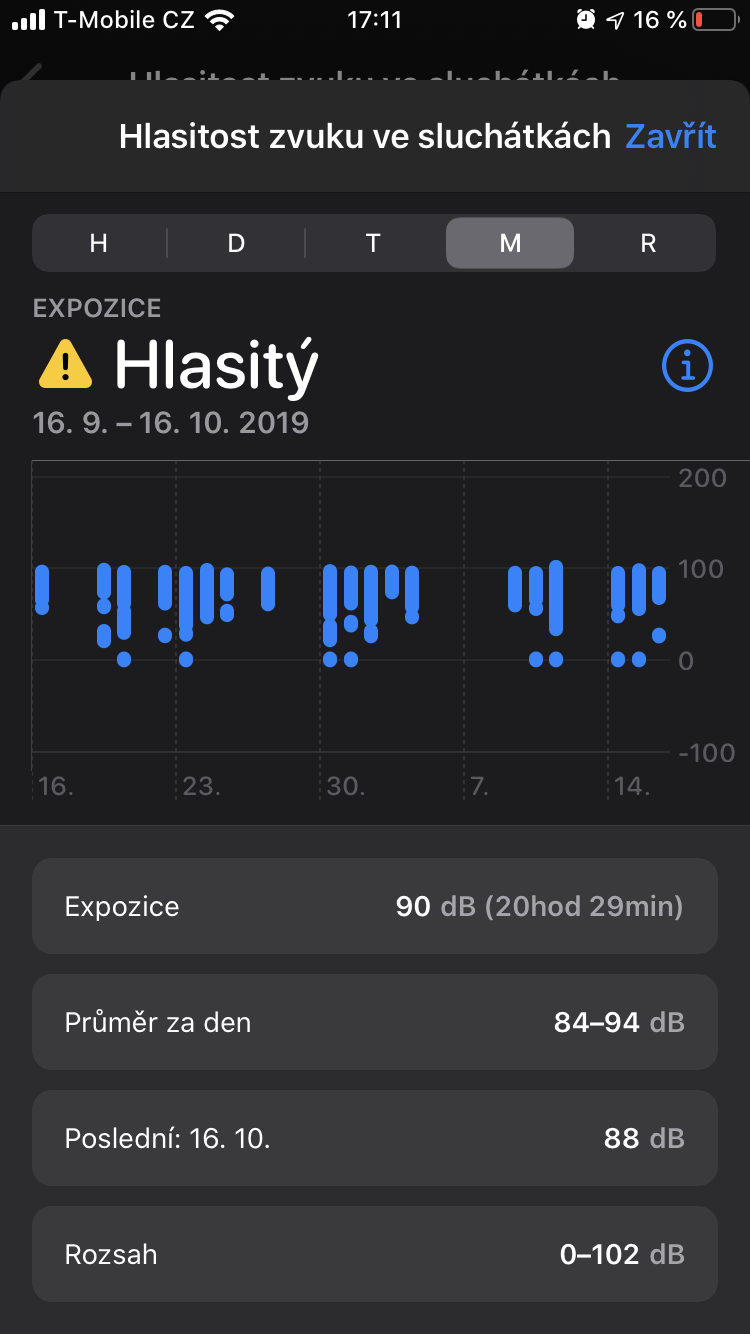
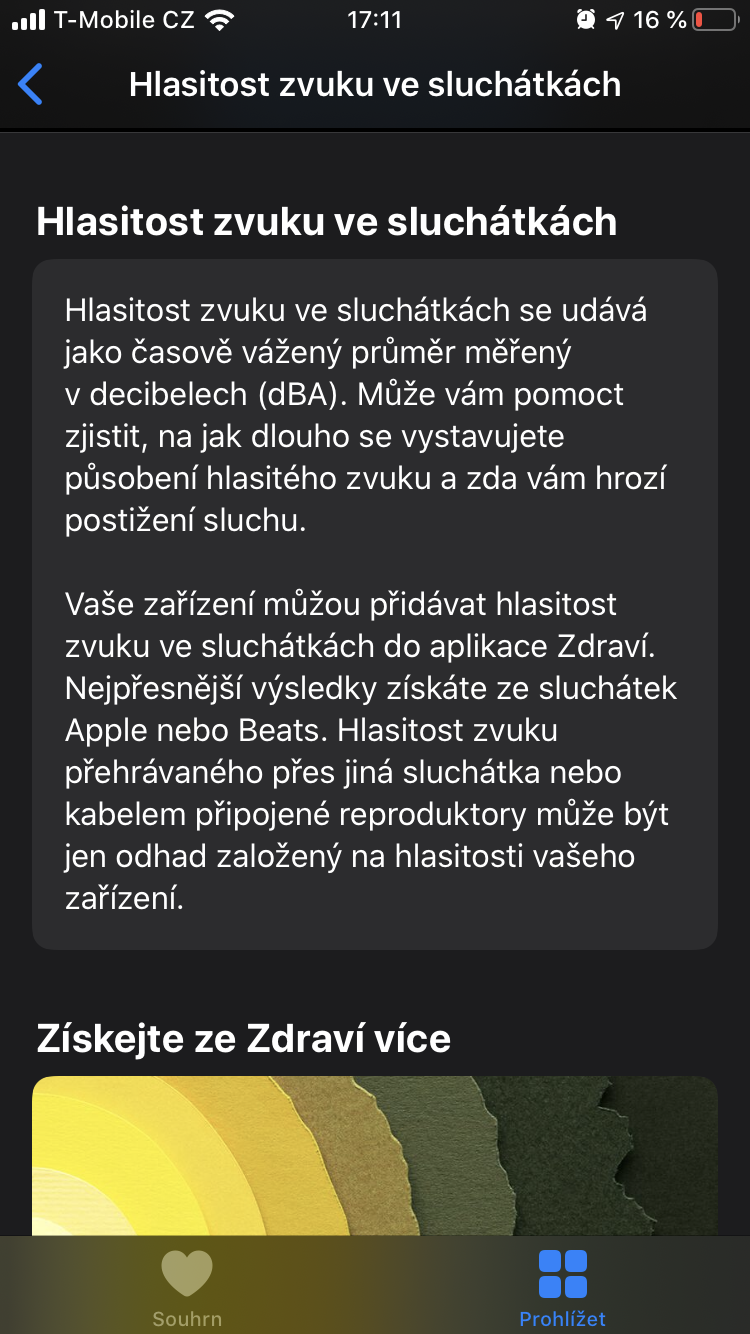
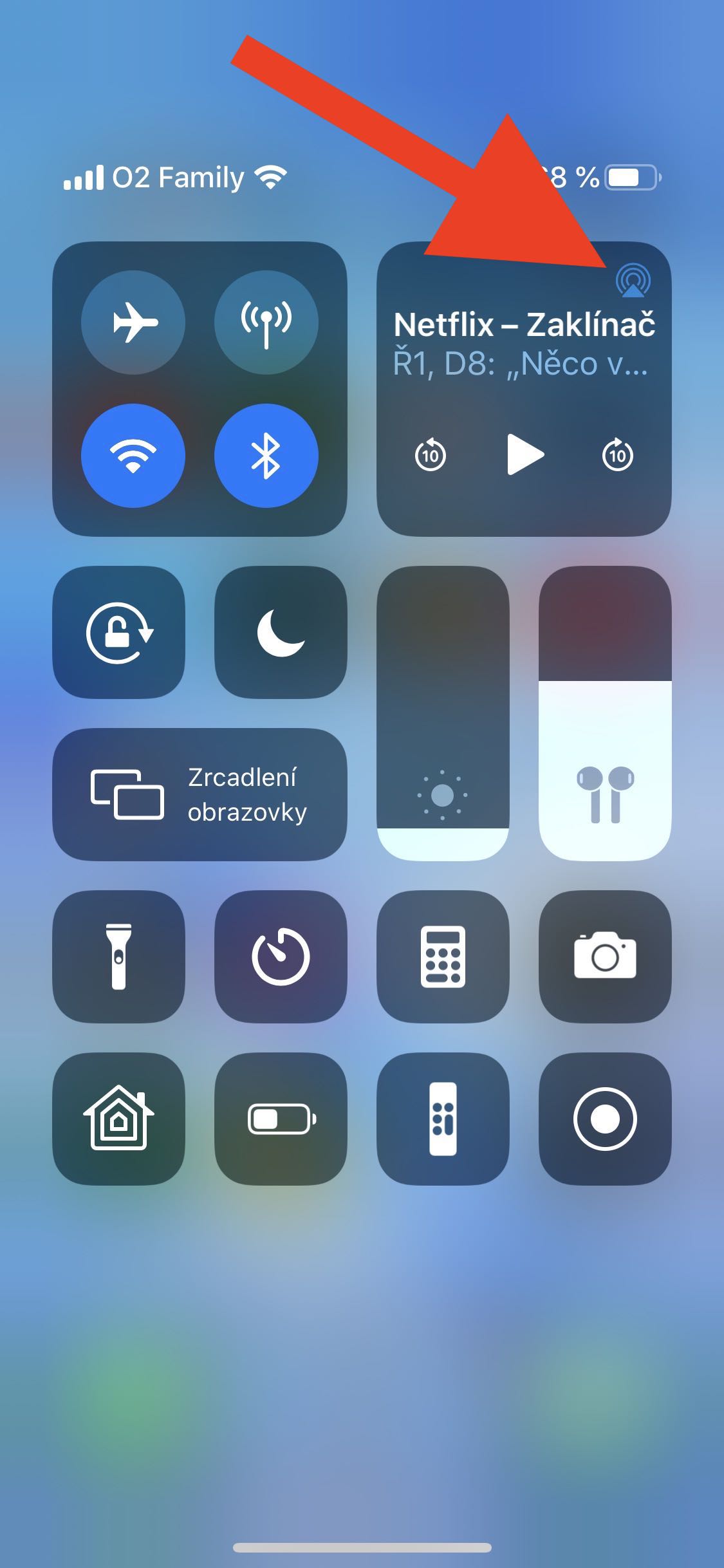

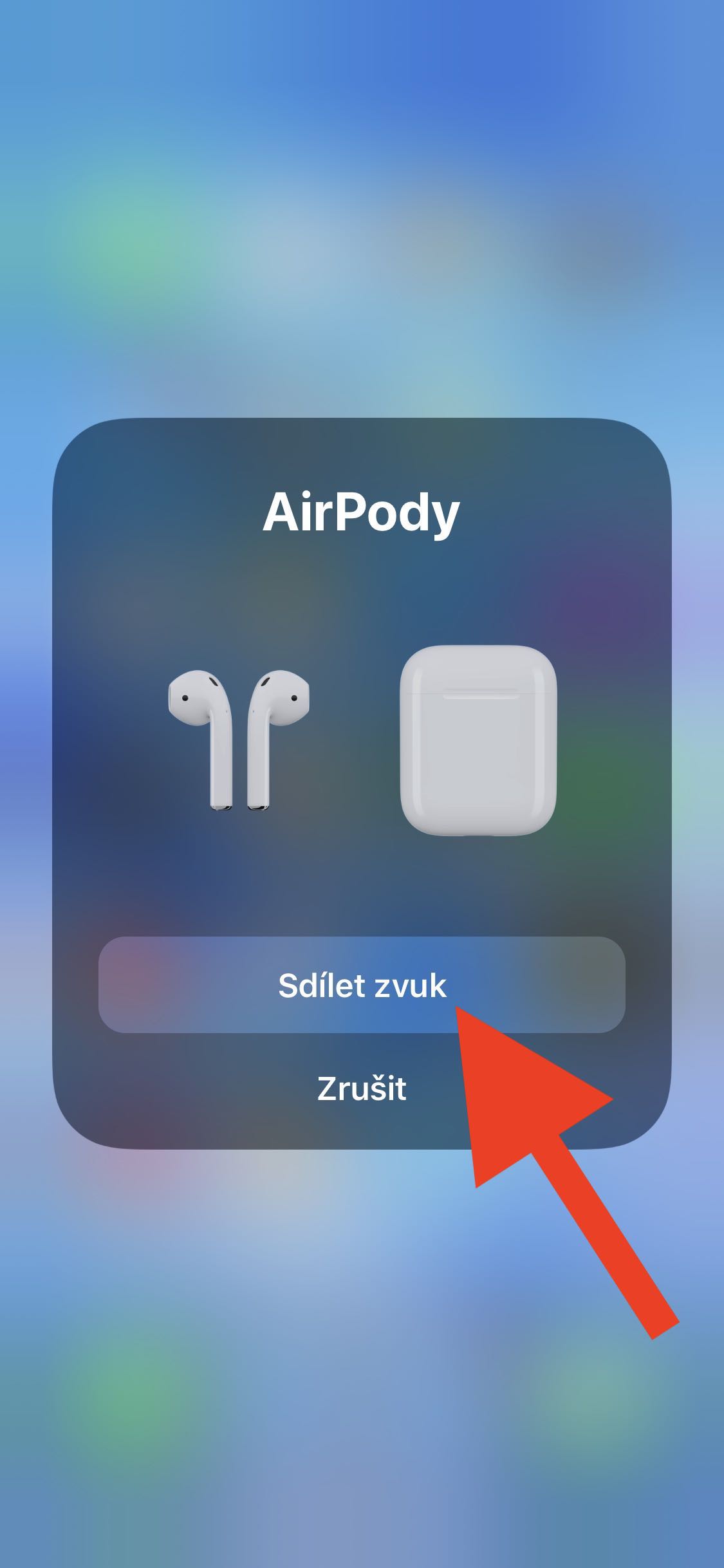
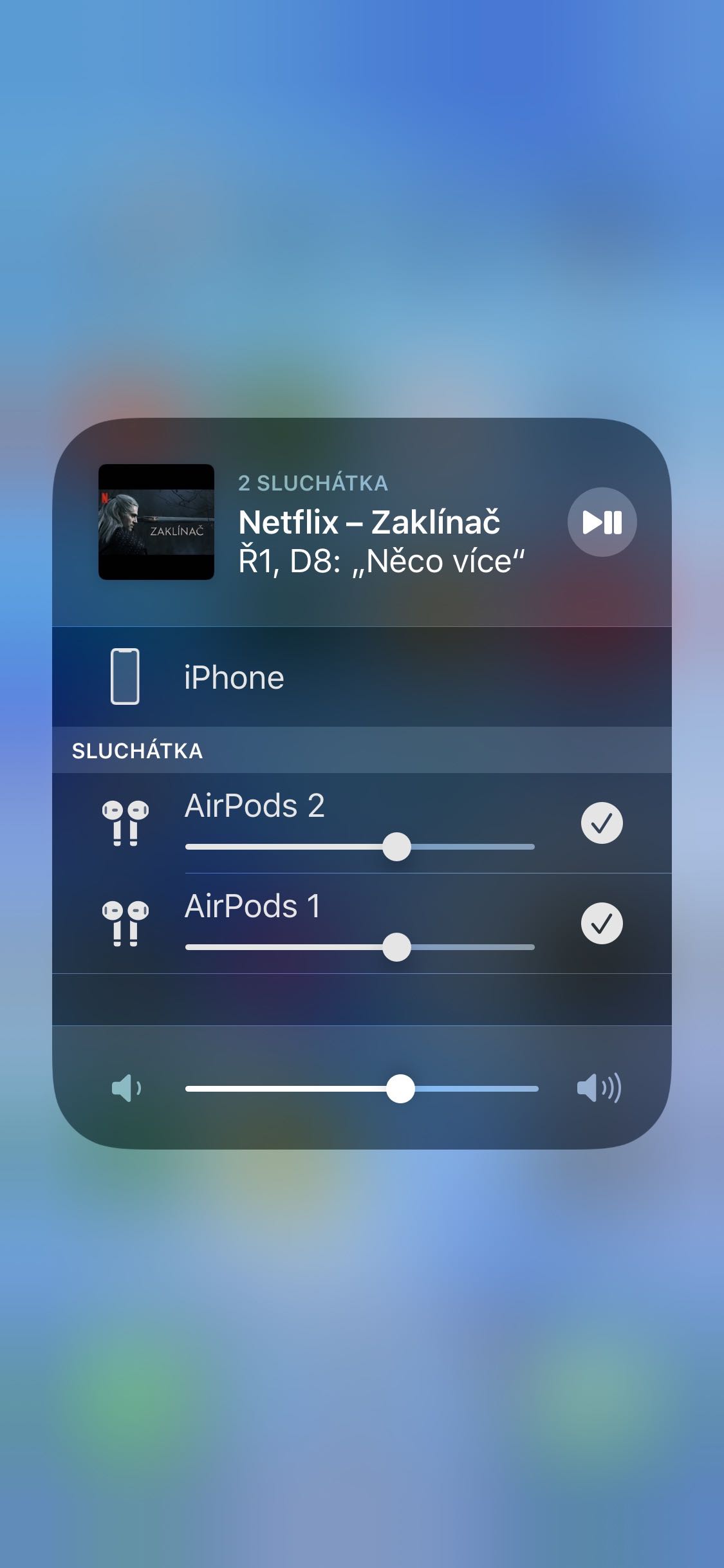
I would like to ask. If someone steals my headphones and puts them in factory settings, will I still find them or not? Thank you